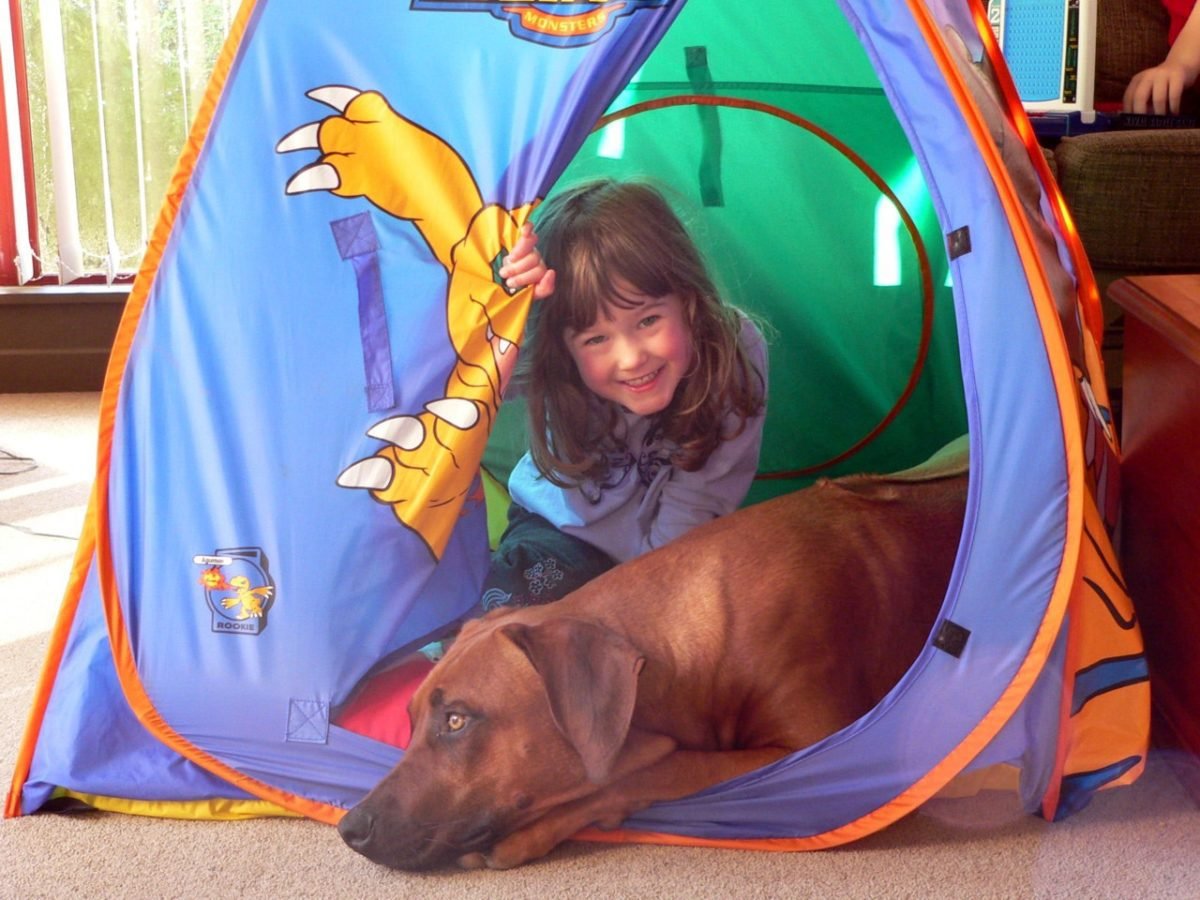Dogs are an important part of our families. Dogs provide us with companionship, relaxation and enjoyment. Over 50% of households in Australia have at least one dog. When you consider family, friends and neighbours, few children will not be exposed to a dog at some time during their childhood.
How many of us would allow our children to play around water, or a road, unsupervised? And yet we seem happy to allow children to play unsupervised with a dog, in our own homes, a friends, even down at the local park.
Dog bites put just as many children in hospital as either road or water accidents. Half of these bites are to the face, head and necks, due to a childs size. Alarming stuff! Most people are not aware of the potential risks concerning dog attacks. ‘My dog would never bite’, and yes, 9 out of 10 times you’d be right. But a careless poke in the eye, or a child falling onto a sore elderly limb may be all that it takes. ALL dogs are capable of biting, it just depends on the circumstances.
Children in the highest rate of hospital admissions due to dog bites were 0-4 year olds, followed by 5-9 year olds.
Young children and dogs don’t have a good understanding of how to behave around each other. Cuddling a dog around its neck, dressing it up like a doll, using the dog as a horse to ride, or being right up close to a dog while it is eating are all potential incidents waiting to happen.
It is important that if we are unable to supervise our children with dogs, then we need to be able to separate them. Active supervision means being able to intervene immediately within arms reach. It does not mean cooking dinner, making a phone call or working at a desk, as activities like these are open to distractions. Young children and dogs can move quickly.
Having designated areas where children and dogs can be securely separated does not mean just leaving the dog outside. Dog-free zones may be the bedrooms, or child-free zones could be the dogs bed, or a crate. Child gates work well to separate without isolating.
But dogs do give us lots of warning signals before they will actually bite. Being able to recognise when a dog is uncomfortable in a situation is important. Every dog has the ability to show different types of emotions, regardless of size or breed.
As we know, children will copy how they see adults act around dogs, be aware of those ‘rough and tumble’ games you may play with your dog. As adults, we need to take responsibility to ensure that everyone stays safe, including both the children and the dogs.
Dog Body Language:
An Aggressive Dog – the dog will be making itself look as big as possible. The fur will be up on the back of its neck, its tail held high and stiff. Its eyes will be staring, showing its teeth and growling.
A Nervous Dog – the dog will be trying to make itself small. Its tail will be tucked between its legs, the ears back, its eyes looking down. It may be whining, lip-licking or shaking.
A Relaxed Dog – its body is relaxed, tail often wagging, eyes bright and ears held naturally. Their mouth is often parted and you can see their tongue – it can even look as tho the dog is smiling.
An alarming 60% of dog bites occur when a child is patting or playing with a dog. This suggests that children are not aware of how to approach, interact or play with a dog safety. Nor, when it is important to leave a dog alone.
Children are at greater risk of being bitten when:
– the dog is eating
– the dog is sleeping
– sick, injured or frail
– guarding their toys
– with puppies
We are responsible for managing and minimising these risks, so that both dogs and family members stay safe at all times.
High risk activities include:
Hugging – childs face too close to dogs
Cornering – dog may get scared/anxious
Staring – dogs find this aggressive
Patting on the head – dogs do not like this
Hurting – a dog will bite to defend itself

